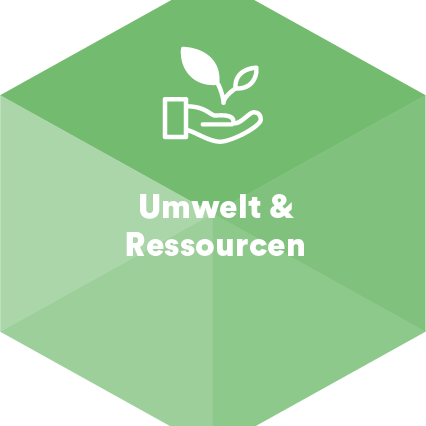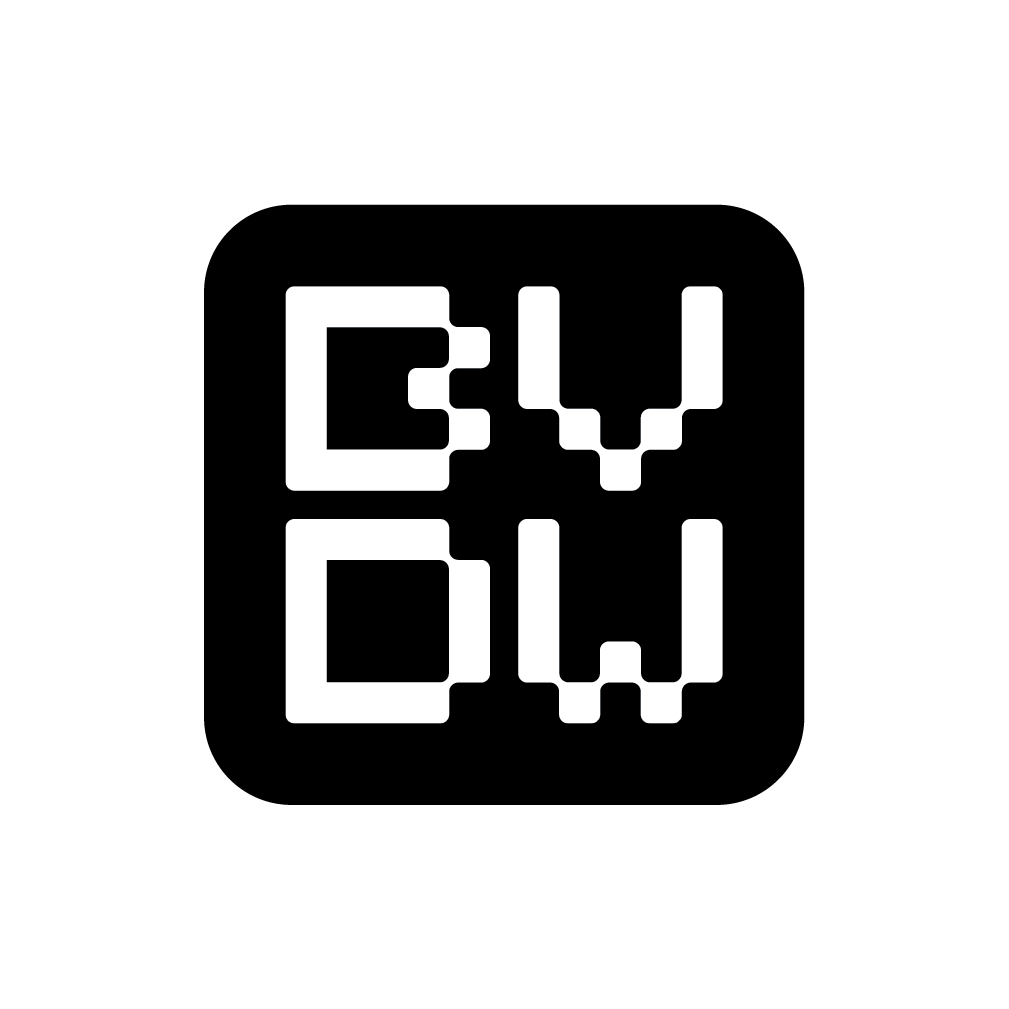
Environment & Resources
Digital technologies are utilized to improve the energy efficiency of businesses and individuals. Their strategic integration offers new modalities of corporate resource protection.
Description
The growing data availability and computing capacity creates new possibilities resource protection and energy efficiency. Data and digital technologies enhance the effective operation of resource management. Through the application of methods of circular economy, sharing economy or industrial ecology positive outcomes can be preserved. On the micro-level energy efficiency can be enhanced through modes of resource conservation (new working formats). Applications can also be used to foster climate sensitive behaviour of employees.
Internal Stakeholder: Employees and shareholders
External Stakeholder: Shareholders and investors, suppliers, residents, customers, end users, cloud-service providers
- Operating measurement system indicating the impact of digital technologies on sustainability criteria
- Inclusion of CDR perspective in sustainability report
- Consider IT energy expenses (e.g., carbon footprint) when designing a sustainability concept
- Consideration of carbon footprint while making purchasing decisions
- Integration of sustainable conditionality regarding business partnerships
- Assuming responsibility for business cycles (waste management)
- Use of digital solutions and AI approaches to identify and monitor carbon footprint
- Use of digital technologies to foster efficiency gains (electronic charging stations, demand response management, smart grid access, sharing economy, efficient recycling, smart logistics)
- Materiality analysis: Searching for potential areas of improvement through digitization
- Establishing a strategic connection between digitization and climate goals: Assessment of potential areas of change
- Identifying roles and responsibilities
- Evaluating opportunities to integrate digitization strategies with energy management systems,
- Benefitting from “lessons learned” and creating synergies between sustainability and CDR strategies
- Awareness-raising measures targeting existing positions
- Provision of documents and guidelines on the implementation of defined processes
- Integration of digital responsibility initiatives in environmental statements
- Alignment of sustainability objectives with project proposals
- Inclusion of CDR in reporting processes
- Responsible parties form an ethics board
- Reviewing the constant inclusion of environmental strategies in processes directed towards restructuring IT
- Internal and external communication
- Proactive communication to justify data collection
- Highlighting conflicting lines with data protection and solve them transparently
- Collaboration and exchange with external stakeholders on best practices (e.g., NGOs, associations)
- Increase transparency and comprehensibility of product life cycles: Usage of Internet of Things to interconnect processes
- Implement circular economy to reduce the use of primary resources
- Introduce resource recovery cycles (e.g., transformation of waste into secondary raw materials)
- Extending product usage to reduce rate of raw material extraction and waste generation
- Usage of sharing platforms to access rare products
- Implement a circular supply chain: Replacement of traditional material inputs with raw materials from biodegradable, renewable or recovered materials
- Name sustainable targets in Code of Conduct or established CDR handbook
- Survey digital emissions: “digital carbon footprint”, including also external energy consumption (e.g., computing centres, outsourced services)
- Circular economy including a sustainable product design that addresses sustainability targets directly
- Environmental Digital Agenda (BMU)
- BMVJ Sustainability goals of CDR Initiative (BMJV)
- Sustainability standards of GRI, SDG, DNK, SASB
- Energy management system 50001
- ISO 14001 Environmental Management System
- ISO 26000
- GHG Protocol
- ISO 14064-1
- TCFD
- EU Taxonomy
- CDR practice guide by Saskia Dörr
- econsense blueprint for implementing digital responsibility in companies
- nachhaltig.digital
- Sustainable Business Canvas
- Business Ethics Canvas (link)
- WeSustain Software for recording CO2 emissions
- Quentic
- SoFi thinkstep
- Sphera
- Adobe resource calculator
- 14001 Environmental Management System and Energy Management System
- Effectiveness analysis (audit and control)
- SWOT and materiality analysis
